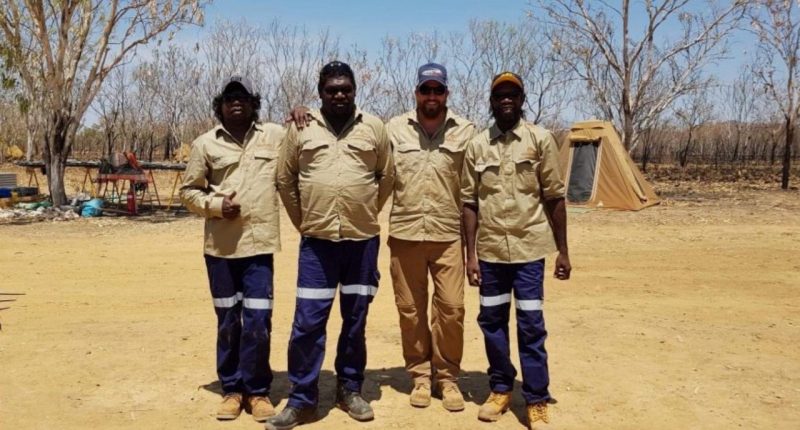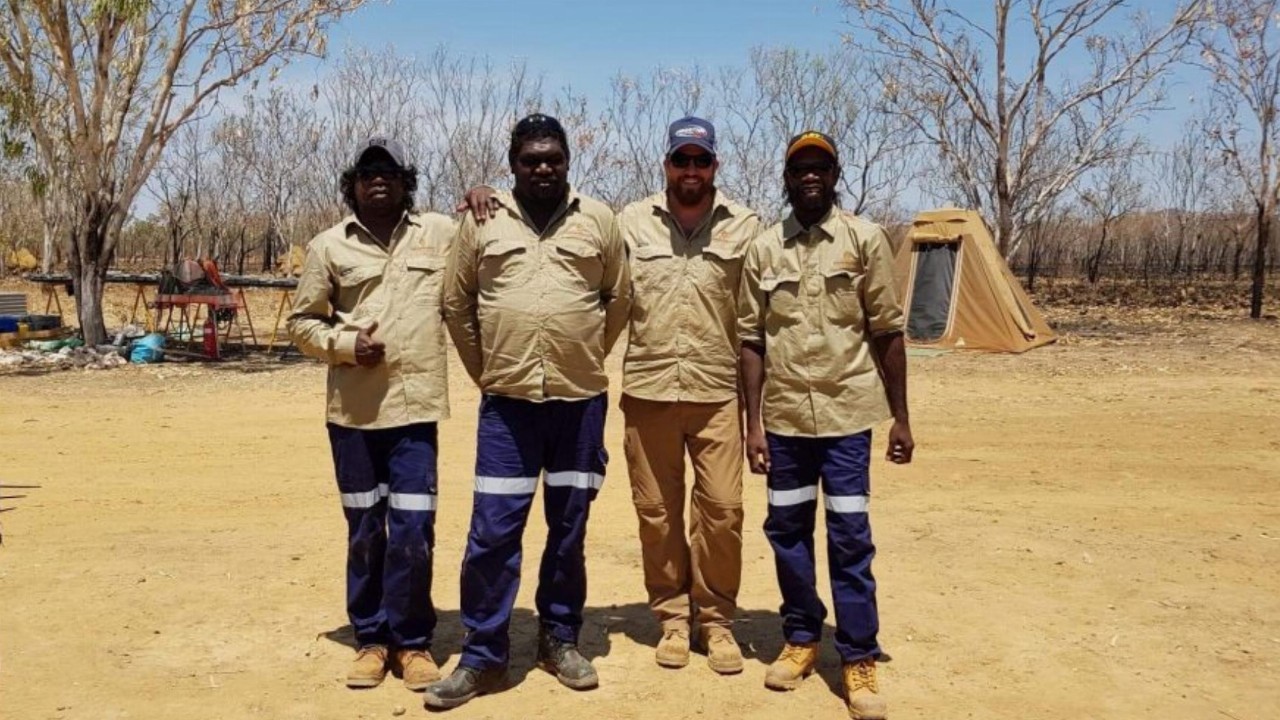- Dreadnought Resources (DRE) commences regional exploration work at its Tarraji-Yampi base metals project in WA’s Kimberley region
- The company’s low impact auger sampling system will sample through the shallow black plain soil that obscures mineralisation discovered at the project’s Orion prospect in 2021
- Dreadnought says the system is the first program of its kind and can lead to identifying additional mineralisation across the project, which will take 2-3 months including infill sampling of anomalous areas
- Initial auger assay results are expected in May and regional targets defined by the 2,400-sample program will be drilled in August-September 2022
- DRE shares last traded at 4.4 cents on April 14
Dreadnought Resources (DRE) has commenced regional exploration work at its Tarraji-Yampi base metals project in Western Australia’s Kimberley region.
The low-impact auger system, designed specifically for Taraji-Yampi, will sample through the shallow black plain soil that obscures mineralisation discovered at the project’s Orion prospect in 2021.
The company said it was the first program of its kind at Tarraji-Yampi and could help identify additional mineralisation across the project.
Initial auger assay results were expected in May and regional targets defined by the 2,400-sample program were planned to be tested via reverse circulation drilling in August-September 2022.
Dreadnought Managing Director Dean Tucker said the auger sampling system was “a game changer in an area which has not been explored since the 1970s”.
“By taking the learnings from our 2021 program, including an orientation program over the Orion discovery, we have been able to deploy a new technique that will provide the geochemical data needed to discover the rest of Orion’s friends at Tarraji-Yampi,” he said.
The company said geochemical orientation work at Orion showed black plains soils obscure the geochemical signature of the massive sulphide mineralisation at surface, rendering surface geochemical surveys ineffective.
However, the cover is only 1-5 metres thick and the weathered saprolite material beneath the cover expressed a well-developed, broad and zoned geochemical signature around the Orion massive sulphide deposit.
Given the shallow cover and well-developed geochemical dispersion, Dreadnought believes Tarraji-Yampi is an ideal setting for auger sampling to assist in detecting further targets hidden by cover.
DRE shares last traded at 4.4 cents on April 14.








